6. Tetsuo: The Iron Man (1989)
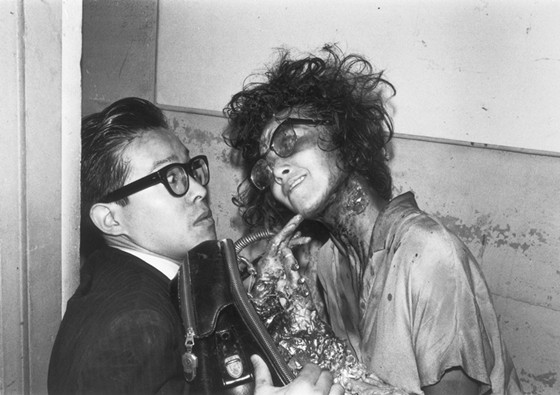
Potentially the most ‘out there’ of all the films on this list, Shinya Tsukamoto’s black and white, surrealist horror Tetsuo: The Iron Man is a testament to how far the human imagination can go when left to its own devices. Centring on the life of a tortured man and his gradual transformation into a mechanized, fully bionic being, Tetsuo: The Iron Man is a scatterbrained collision of R-rated body horror and biting social commentary, the likes of which the medium hasn’t seen before or since.
Fetishizing metal into what’s essentially a sixty-seven-minute spree of sadomasochistic torture porn would be gratuitous if it was meaningless, but Tsukamoto’s film is anything but hollow. Both a critique of industry and a sympathetic look at the burnt-out working man, Tetsuo succeeds in its jaw-dropping practical effects and its underlying message, making it a top contender for the midnight movie history books. A micro-budget feast of revolutionary stop-motion and post-nuclear, Cronenberg style mutations, and perhaps the only film that’s akin to both Akira and Eraserhead combined.
7. Black Swan (2010)
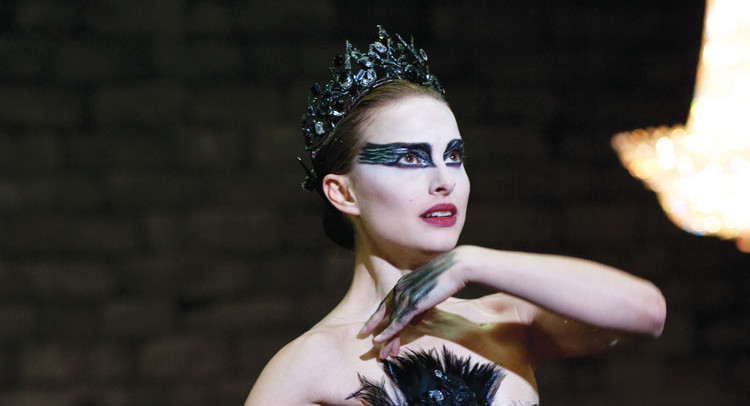
Although the metamorphosis aspects of Black Swan don’t fully blossom until nearer to the end, it would be a grave mistake not to include Darren Aronofsky’s spellbinding modern classic in this list. In focusing on the life of ballerina Nina Sayers (played to perfection by Natalie Portman), Aronofsky calls back to the looming paranoia of horror landmarks such as Dario Argento’s Suspiria; grandiose dance halls and highly competitive academia propagating the majority of the film’s tightly wound terror.
As usual with Aronofsky’s films, long-time collaborator Matthew Libatique’s photography is as arresting as ever, only amplifying the horrors of the pressurized environment. Like Aronofsky’s Requiem for a Dream, this is a film that’s riddled with sadness, but underneath lingers the vaguest echo of hope. Black Swan works remarkably on a gut-level, flashes of body horror and gore making it something of a challenge for the squeamish, but the scariest thing about it remains its nihilistic commentary on responsibility. Here we learn that responsibility is a curse as much as it is a privilege, and Nina’s transition into a monstrous form is only the half of it.
8. An American Werewolf in London (1981)
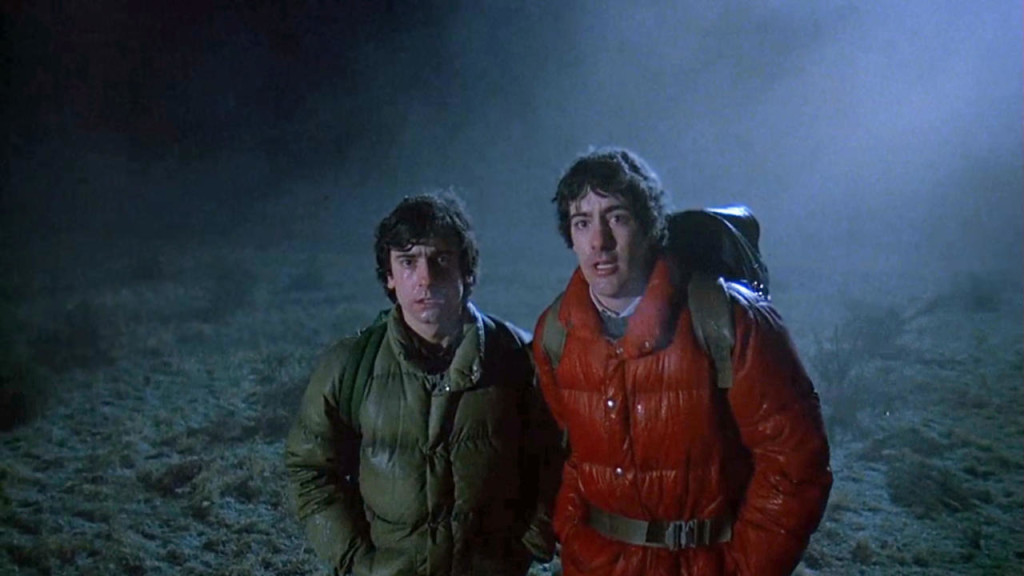
For obvious reasons, all werewolf movies have in some way shared a commonality with Franz Kafka’s esteemed novella, but it’s An American Werewolf in London that remains the greatest of them all. John Landis’ landmark horror/comedy was a revelation in both genre fusion and gruesome practical effects, Rick Baker’s makeup designs up there alongside Rob Bottin’s work in The Thing as the pinnacle of 80s effects work. The plot: two American tourists take a trip to England and get attacked by a werewolf, finding themselves in a continuum of attempts to convince the locals it was real. The result: a blood-laden balancing act of goo, gore, and comedy, Landis’ tight direction seeing it all to its tongue-in-cheek end.
Lycanthropy isn’t a subject that generally lends itself to comedy, but with Landis’ proven track record in the genre (The Blues Brothers, Animal House, Coming to America), every comedic beat fits naturally. For each one of Rick Baker’s stomach-turning designs, there’s a humorous gag of equally hysterical magnitude, making it the perfect blend of cackles and cries. Of course, there are other 80s entries that went for broke on werewolf effects, Joe Dante’s The Howling being the standout example, but it’s safe to say it didn’t make a scratch on the success of Landis’ masterpiece. As transformations go, nothing in the history of film compares to that first full moon sequence. All the CGI money could buy wouldn’t even come close.
9. The Fly (1986)
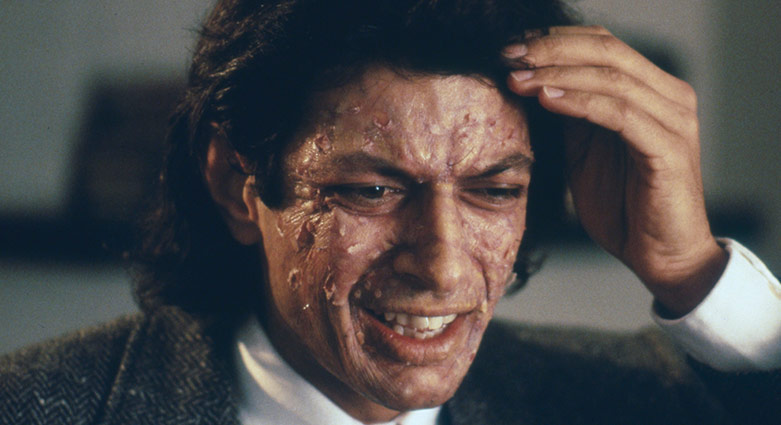
Like American Werewolf in London, The Fly is a mandatory addition to this list. Few horror flicks have gotten this close to being a literal interpretation of Kafka’s book, and Cronenberg still manages to firmly stamp down his trademark style onto the source material. Starring a fresh-faced Jeff Goldblum as Seth Brundle, a brilliant scientist who invents a teleportation machine and transports himself as the first human test subject, we watch in horror as Brundle realizes the underlying error of his experiment; he wasn’t alone when he was teleported.
Accompanied by a career-defining performance from Gena Davis and a dizzying score from famed composer Howard Shore, The Fly is in the race for the greatest physical transformation movie of all time. Much like John Carpenter’s The Thing, it’s one of the few horror remakes that vastly improves on the original, standing tall on the believability of its Oscar-winning makeup designs. Ameliorating the campy shortcomings of the 60s version, Cronenberg’s iconic achievement takes a jilted love story and throws it headfirst into a world of Frankensteinian obsession. Be afraid, be very afraid.
10. Altered States (1980)
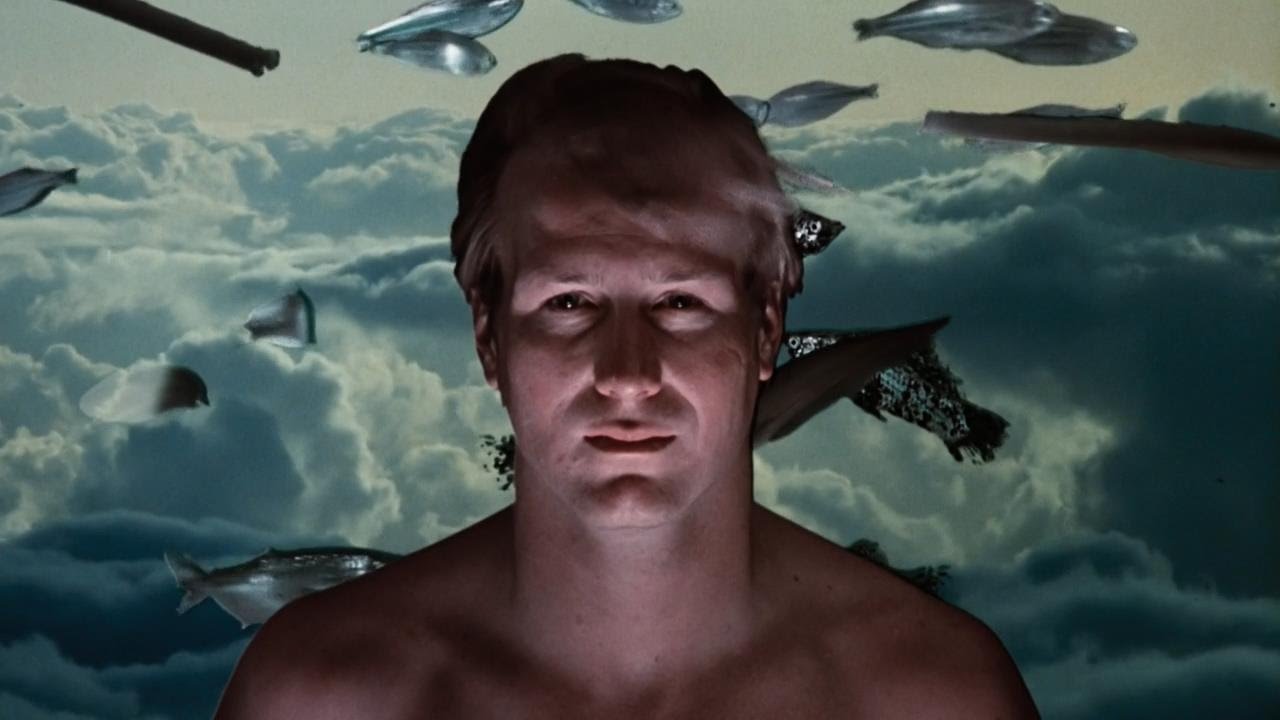
On the subject of physical regression, no film has aged quite as beautifully as Ken Russell’s Altered States. Russell, who’s most famous film The Devils endured bastardized cuts from Warner Bros due to its blasphemous themes, was widely recognized for pushing the boundaries of censorship, never failing to use his agency as a filmmaker to experiment and test uncharted waters. Like Kubrick’s 2001: A Space Odyssey or Terrence Malick’s The Tree of Life, Altered States takes the viewer on a psychedelic journey beyond the realms of human comprehension, William Hurt’s unhinged central performance seeing it all through to its mystical conclusion.
As in many of the aforementioned pictures, the film’s wiry protagonist is an increasingly obsessive scientist, one who dabbles specifically in the boundaries of human consciousness. Upon discovering a hallucinogenic mixture used by a Native American tribe he’s researching in Mexico, Hurt’s character slips into a cyclical pattern of vigorous experimentation, leaving only those who care for him to pick up the pieces.
When the physical transformation eventually starts taking place, effects titans Rick Baker and Dick Smith are there to deliver the goods, making this one of the most overlooked displays in practical effects of living memory. Ken Russell and acclaimed writer Paddy Chayefsky are two opposing forces, one visual, the other literary, a fusion of hyper-intellect giving way to a feverish nosedive into hell. In the end, Altered States proves its worth as the epitome of a throw-everything-at-the-wall kind of movie, and there isn’t one bit of it that doesn’t stick. We’re nothing more than hairless apes who’ve learnt how to love, and this film knows it. The apex of metamorphosis cinema.